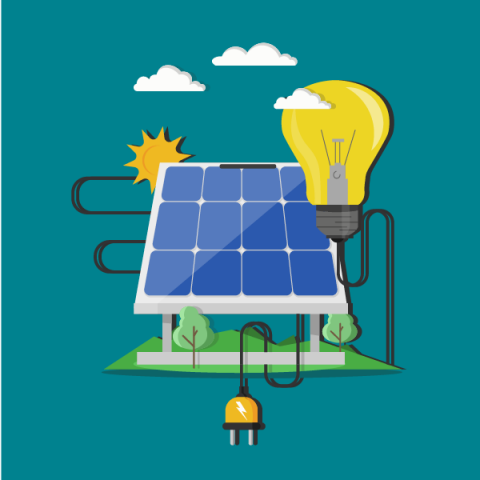
Today’s society is most at risk from carbon dioxide emissions and plastic trash. University of Cambridge researchers have reported a creative approach to both issues that seem intractable. They have developed a method, powered fully by sunlight, to turn plastic bottles and carbon dioxide into sustainable fuels and useful chemicals.
A Sustainable Route
According to chemistry professor Erwin Reisner and colleagues, the solar-drive conversion of carbon dioxide and plastics into valuable goods “provides a viable sustainable route towards a circular economy.”
The development of catalysts to quickly and effectively transform collected carbon dioxide emissions into polymers and fuels has been a research priority. Additionally, there have been reports of numerous methods, some powered by light, for converting waste plastic into sustainable energy.
Solar Power Reactor
The Cambridge team created a solar-powered reactor that can simultaneously transform both waste streams into valuable chemical products. A membrane divides the reactor’s two compartments, each of which includes an electrode on either side. Carbon dioxide is transformed into various carbon-based fuels, such as carbon monoxide or formate, on the negative electrode.
The carbon-converting electrode was covered with a perovskite substance by the researchers in order to absorb sunlight and drive the chemical reaction. An innovative new material for solar cells called perovskites is particularly effective at absorbing sunlight and generating power.
Read more: redglitters.com/how-global-village-needs-a-new-economic-order-at-wef-davos-2023/

Glycolic Acid
Glycolic acid, a substance utilised in the pharmaceutical and cosmetic sectors, is created at the positive electrode in the meantime using plastic from spent sparkling water bottles. The bottles are first cleaned and cut into pieces by the researchers, who then submerge them in liquid nitrogen before grinding them.
Sun Light
The reactor is effective and produces chemicals and fuels at rates 10 to 100 times greater than those achieved by traditional catalyst- and ight-triggered processes. It accomplished this without the use of external electricity.
According to a news release by co-author Motiar Rahaman, “Generally, conversion requires a lot of energy, but with our system, simply you just shine a light at it, and it starts converting toxic materials into something useful and sustainable.”












